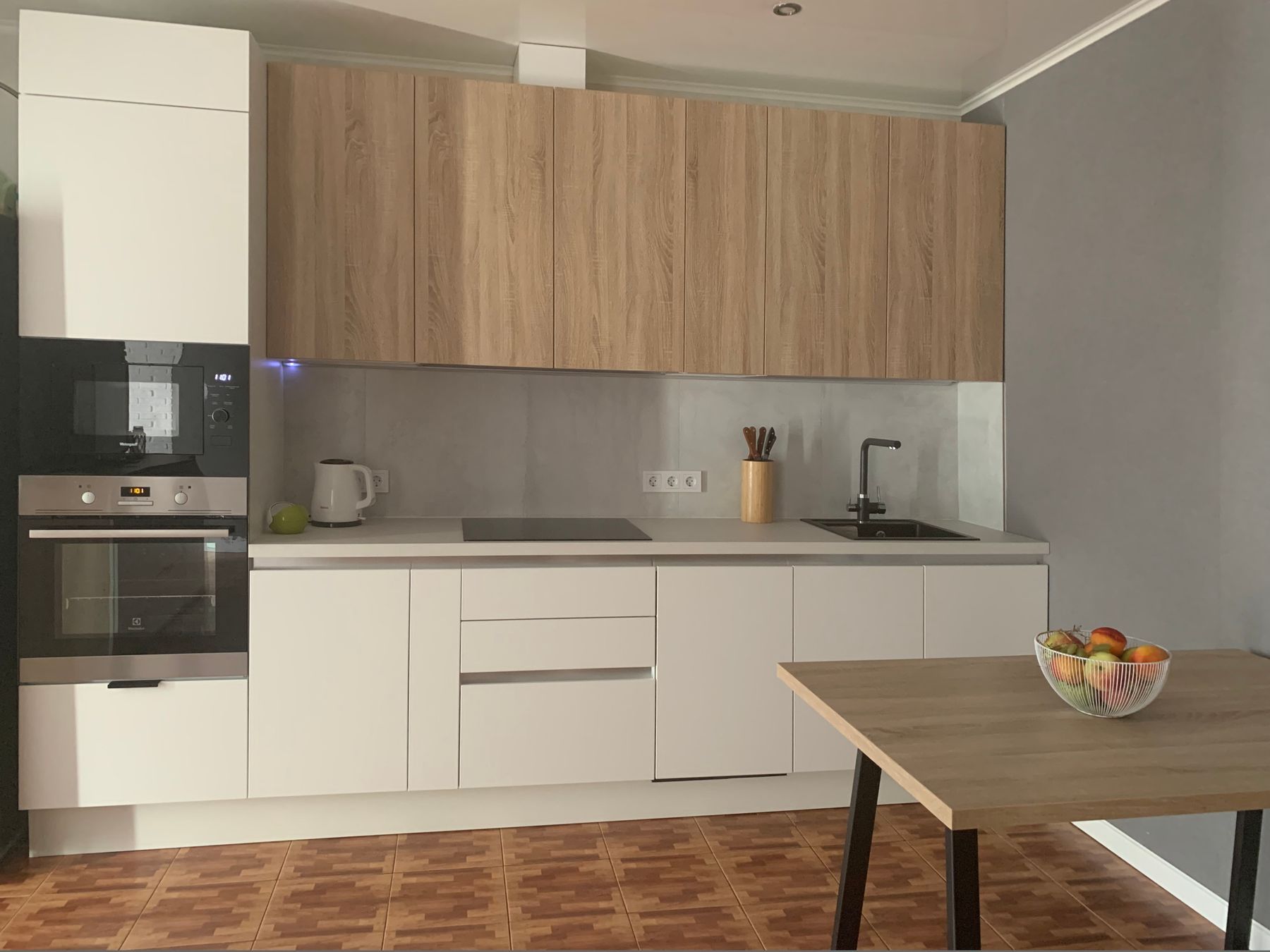
Introduction to Kitchen Design Essentials
Designing the perfect kitchen requires a blend of functionality and personal style. Whether you're a seasoned chef or a casual cook, the kitchen is often the heart of the home, which means every detail counts. In this article, we'll explore the key elements to consider when creating a kitchen that's not only beautiful but also practical and inviting.
Maximizing Space and Layout
The layout of your kitchen is crucial for efficiency and ease of movement. The classic kitchen triangle concept, which positions the sink, stove, and refrigerator in a triangular arrangement, minimizes wasted steps and keeps essential services within easy reach. However, modern kitchen design also takes into account the need for ample storage and counter space. Clever solutions, such as corner drawers and pull-out pantries, can help make the most of every inch.
Choosing the Right Materials and Finishes
Durability and ease of maintenance are as important as the visual appeal when selecting materials for countertops, cabinets, and flooring. Granite and quartz countertops are popular for their resilience and range of colors, while hardwood and ceramic tiles remain top choices for flooring due to their durability and timeless look. When it comes to cabinetry, consider the style of your home and your personal taste. Would modern, sleek cabinets or traditional, detailed woodwork be more at home in your kitchen?
Lighting and Ambiance
A masterful kitchen design isn't complete without the right lighting. Task lighting is essential for food preparation areas, while ambient lighting sets the mood and can make the kitchen a welcoming space in the evenings. Incorporating under-cabinet lights or pendant lights adds both functionality and decorative flair to your kitchen. Natural lighting also plays a pivotal role; consider where the windows are placed, and whether you might make use of skylights or additional windows to bring in more sunlight.
Integrating Appliances Seamlessly
Modern kitchens often feature appliances that blend seamlessly into the design. Built-in ovens, induction cooktops, and refrigerator drawers are just a few examples of how appliances can be both convenient and aesthetically pleasing. When planning your kitchen, think about how you can integrate appliances without disrupting the flow of the design.
Personal Touches and Functionality
Your kitchen should reflect your personality and accommodate your cooking habits. This could mean including a dedicated spice rack for the gourmet cook or a built-in cutting board for those who love to chop and prepare ingredients. Consider also how you can include seating, such as a breakfast bar or an island, to make your kitchen a social space where family and friends can gather.
Conclusion: Creating a Cohesive Kitchen Design
In the end, creating a masterful kitchen design is about balancing aesthetics with functionality. By considering each essential element—from space efficiency and materials to lighting and personalization—you can design a kitchen that not only meets your needs but also contributes to the overall beauty and warmth of your home. Remember to plan carefully, consider your options, and create a space where memories will be made for years to come.